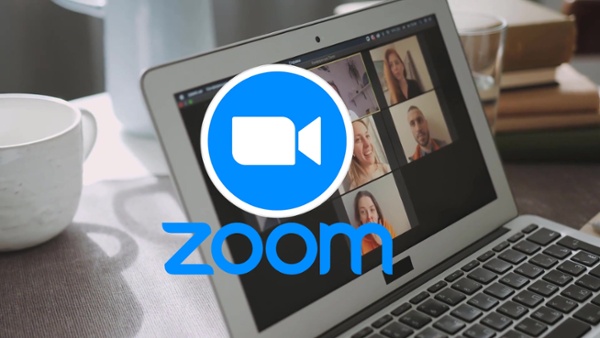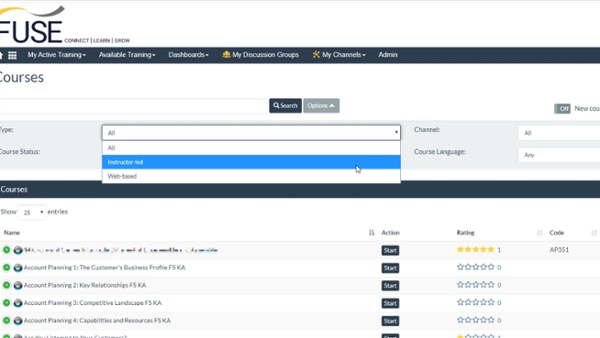We recently came across an article discussing how schools and universities have been forced to digitize, while responding to the continued challenges associated with COVID-19. These challenges mirror challenges that have been facing businesses trying to improve and modernize their training systems for years.
It's no surprise that education and workforce training would have similar technology and solutions, but at the moment, the parallels are striking. Both fields have seen substantial disruption in the past two years, and have been seeking solutions in Industry 4.0 style digital transformations.
So, how is education technology creating new opportunities for workforce training? These are some of the major pieces of overlap we've seen.
Four Educational Tech Strategies Creating Opportunities for Workforce Training
1. Remote learning
More than anything else, the pandemic lockdowns and quarantines have shown that there's often no need to call people in for in-person training. eLearning systems are robust and can serve a wide variety of content to users at home, or anywhere else. Far from static content delivery systems, modern eLearning platforms can track individual learner success, deliver and track tests, and even provide extended career-development curriculum based on each workers' career path.
The cost savings for a workplace can be substantial as well, by reducing in-office overhead, as well as eliminating the need for live instructors in many situations.

2. Collaborative communities
Education cannot be entirely solo - collaboration and communication with other learners is also essential, whether we're talking about universities or workplace training. Bulletin boards, chat systems, and even videoconferencing systems like Zoom can all be deployed to bring learners together, even if they're scattered around the world. When deployed alongside self-learning systems, the need for in-class work is almost entirely eliminated.
3. Virtual tours
Educational institutions face intense competition for top students, and pull out all the stops trying to recruit them - just as many operations in the middle of digital transformations are competing for technology talent. One new idea quickly entering education is the virtual tour - first-person videos, or even VR experiences, which allow students to explore and experience a campus from their homes. The exact same strategy could be deployed by companies looking to attract more trendy and tech-savvy workers, making their workplace more attractive while also showing off their technological investments.
4. Personalized experiences
Businesses and industry are already becoming accustomed to providing personalized "Amazon style' purchasing experiences - but this idea could easily be applied to training and career development as well. Universities are already implementing similar measures to make themselves more attractive to a more diverse array of students. Educational systems could proactively suggest courses or career development to suitable workers, or select certain types of presentations that fit each learners' learning style. As a business's selection of educational materials grows, it becomes easier to cherry-pick the best pieces of content for each worker to be trained.

LogicBay is a leader in communications and eLearning systems designed to tie your operation together into a tightly-knit ecosystem. Our eLearning platforms are perfect for remote training, and now feature full Zoom integration for even better performance-tracking and analysis. Contact us to learn more about our services!
